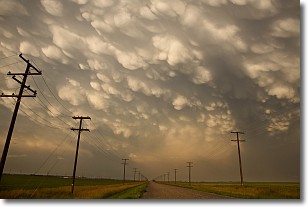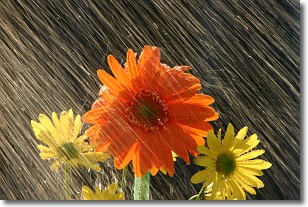Weather Alerts for Montana
1. High Wind Warning for: East Glacier Park Region; Northern High Plains; Eastern Glacier, Western Toole, and Central Pondera; Southern Rocky Mountain Front; Southern High Plains
2. High Wind Warning for: Judith Gap; Livingston Area; Beartooth Foothills; Northern Sweet Grass; Melville Foothills; Southern Wheatland
3. High Wind Warning for: Northern Stillwater; Golden Valley; Southern Big Horn; Northern Carbon; Southwestern Yellowstone; Sheridan Foothills
4. High Wind Watch for: Central and Southeast Phillips; Central and Southern Valley; Petroleum; Garfield; McCone; Southwest Phillips
5. High Wind Watch for: Dawson; Prairie; Wibaux; Northern Phillips
6. High Wind Watch for: Eastern Toole and Liberty; Hill County; Northern Blaine County; Western and Central Chouteau County; Bears Paw Mountains and Southern Blaine; Judith Basin County and Judith Gap; Fergus County below 4500ft; Snowy and Judith Mountains
7. High Wind Watch for: Musselshell; Northern Big Horn; Northeastern Yellowstone
8. High Wind Watch for: Northern Stillwater; Golden Valley; Southern Big Horn; Northern Carbon; Southwestern Yellowstone; Sheridan Foothills
9. Lake Wind Advisory for: Central and Southeast Phillips; Central and Southern Valley; Petroleum; Garfield; McCone; Southwest Phillips
10. Winter Storm Warning for: Little Belt and Highwood Mountains
11. Winter Storm Watch for: East Glacier Park Region
12. Winter Storm Watch for: Snowy and Judith Mountains; Big Belt, Bridger and Castle Mountains
13. Winter Weather Advisory for: Northwest Beaverhead County; Ruby Mountains and Southern Beaverhead Mountains; Gallatin and Madison County Mountains and Centennial Mountains
Want more detail? Get the Complete 7 Day and Night Detailed Forecast!
Current U.S. National Radar--Current
The Current National Weather Radar is shown below with a UTC Time (subtract 5 hours from UTC to get Eastern Time).

National Weather Forecast--Current
The Current National Weather Forecast and National Weather Map are shown below.

National Weather Forecast for Tomorrow
Tomorrow National Weather Forecast and Tomorrow National Weather Map are show below.

North America Water Vapor (Moisture)
This map shows recent moisture content over North America. Bright and colored areas show high moisture (ie, clouds); brown indicates very little moisture present; black indicates no moisture.

Weather Topic: What are Mammatus Clouds?
Home - Education - Cloud Types - Mammatus Clouds
 Next Topic: Nimbostratus Clouds
Next Topic: Nimbostratus Clouds
A mammatus cloud is a cloud with a unique feature which resembles
a web of pouches hanging along the base of the cloud.
In the United States, mammatus clouds tend to form in the warmer months, commonly
in the Midwest and eastern regions.
While they usually form at the bottom of a cumulonimbis cloud, they can also form
under altostratus, altocumulus, stratocumulus, and cirrus clouds. Mammatus clouds
warn that severe weather is close.
Next Topic: Nimbostratus Clouds
Weather Topic: What is Precipitation?
Home - Education - Precipitation - Precipitation
 Next Topic: Rain
Next Topic: Rain
Precipitation can refer to many different forms of water that
may fall from clouds. Precipitation occurs after a cloud has become saturated to
the point where its water particles are more dense than the air below the cloud.
In most cases, precipitation will reach the ground, but it is not uncommon for
precipitation to evaporate before it reaches the earth's surface.
When precipitation evaporates before it contacts the ground it is called Virga.
Graupel, hail, sleet, rain, drizzle, and snow are forms of precipitation, but fog
and mist are not considered precipitation because the water vapor which
constitutes them isn't dense enough to fall to the ground.
Next Topic: Rain




